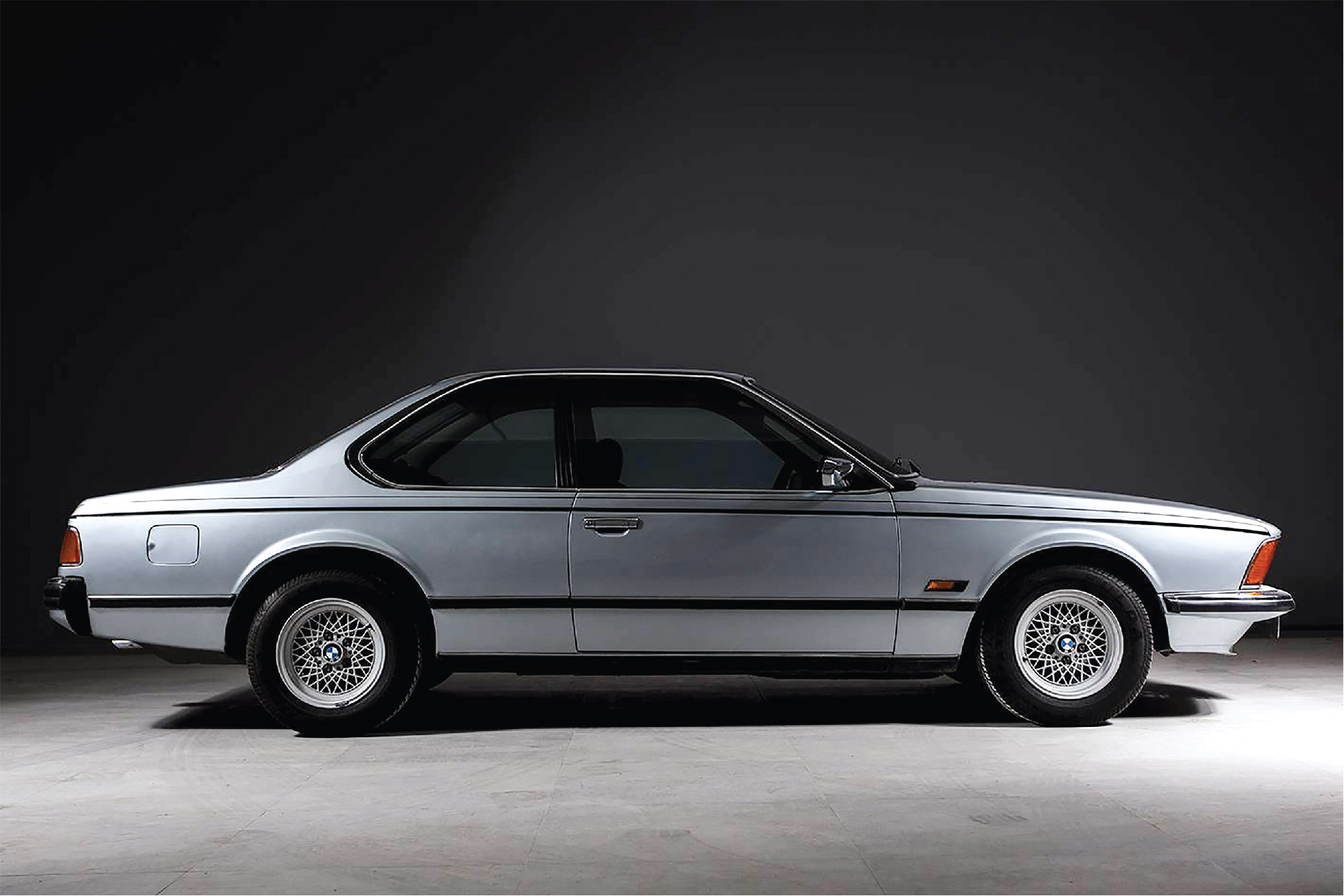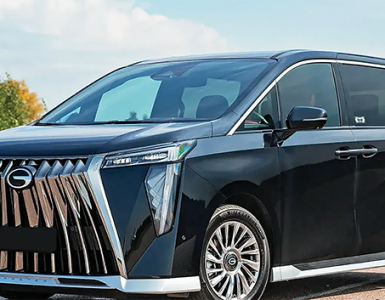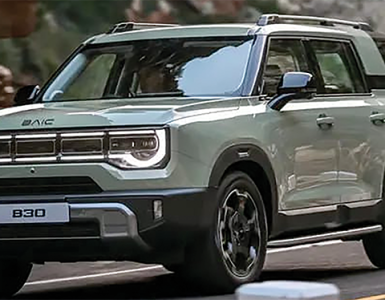TRADITION: Significantly longer and wider than its predecessor
By Ali Mphaki
Fashion designer Pierre Cardin always insisted that “elegance is the what, chic is the how”. At the same time his peer Yves Saint Laurent also chided that “elegance should not be confused with snobbism”. Looking back into the 70s no other car could strike a nice balance between sporting prowess and luxurious elegance like the first 6-series models, the 630CS and the 633CSi fitted with new six-cylinder in-line engines.
Then in 1978, BMW unveiled its new flagship coupe; the 635CSi. Its 3.5-litre engine taken straight from the M 49 racing powerplant and delivered undiluted dynamics. In 1979 the BMW 630CS was replaced by the 628CSi, and five years later the company presented the most powerful model in the range – the BMW M635CSi.
In addition to quality of design and technological refinement, comfort and safety played an important role in the 6-Series Coupe. Crash tests and computer analysis saw the return of the B-pillar as a stabilizing element.
Despite its lofty price, the BMW 6-Series Coupe proved to be succesful and remained in production for 14 years – longer than any model before it. The last of the 86,216 coupes left the assembly line in 1989 and it was another 14 years before the 6-Series enjoyed a majestic renaissance in the shape of the BMW 630i and BMW 645Ci.
Boasting state-of-the-art technology, powerful engines and a distinctive and aesthetically pleasing design, they were following very much in the tradition of sporty yet elegant luxury coupes at BMW.-additional reporting from The Perfect Line.






























